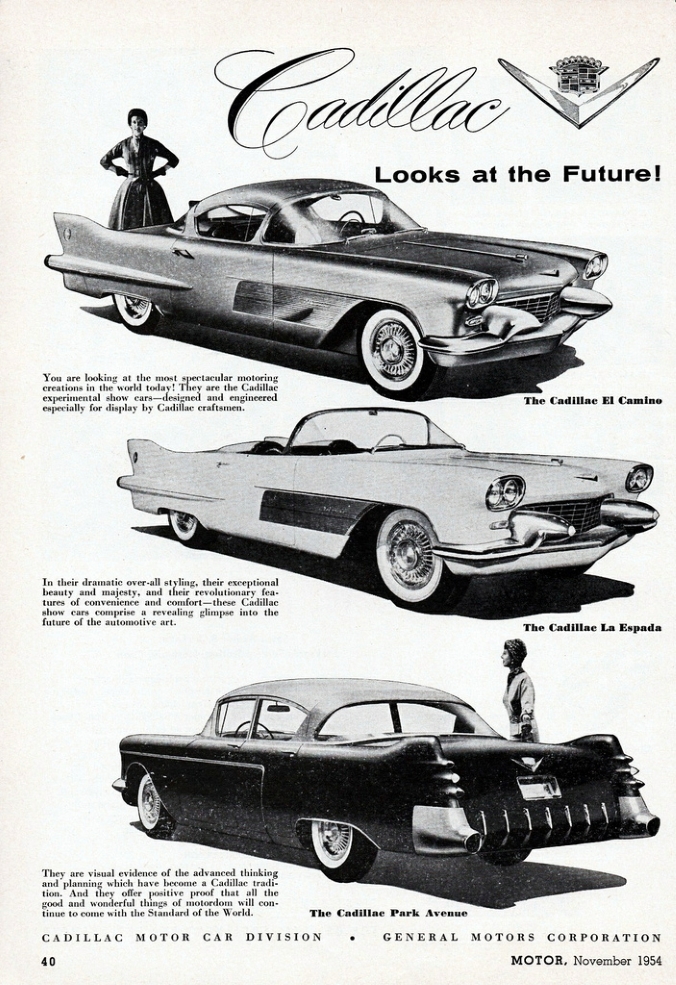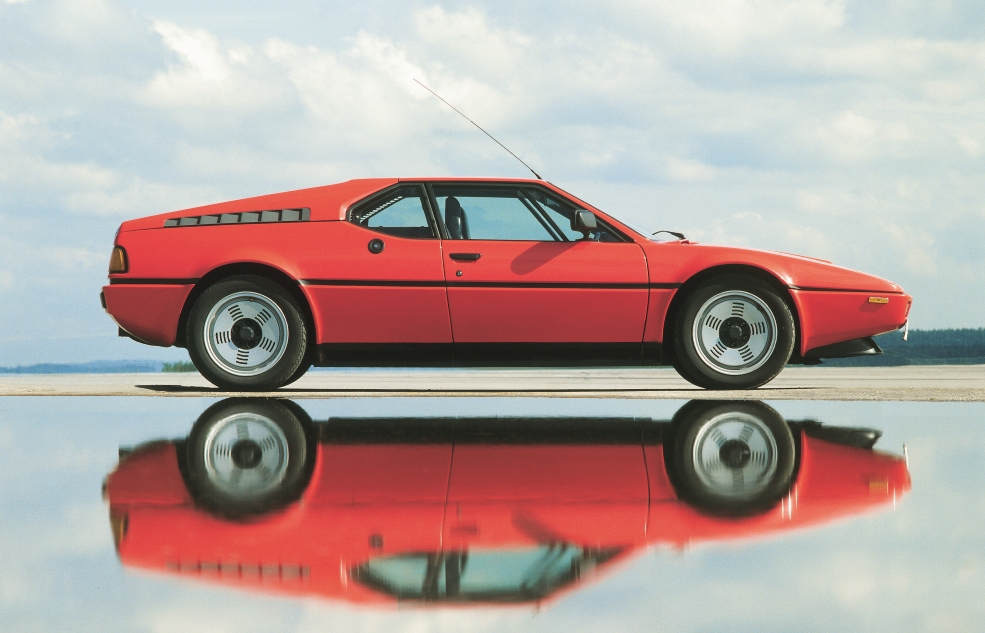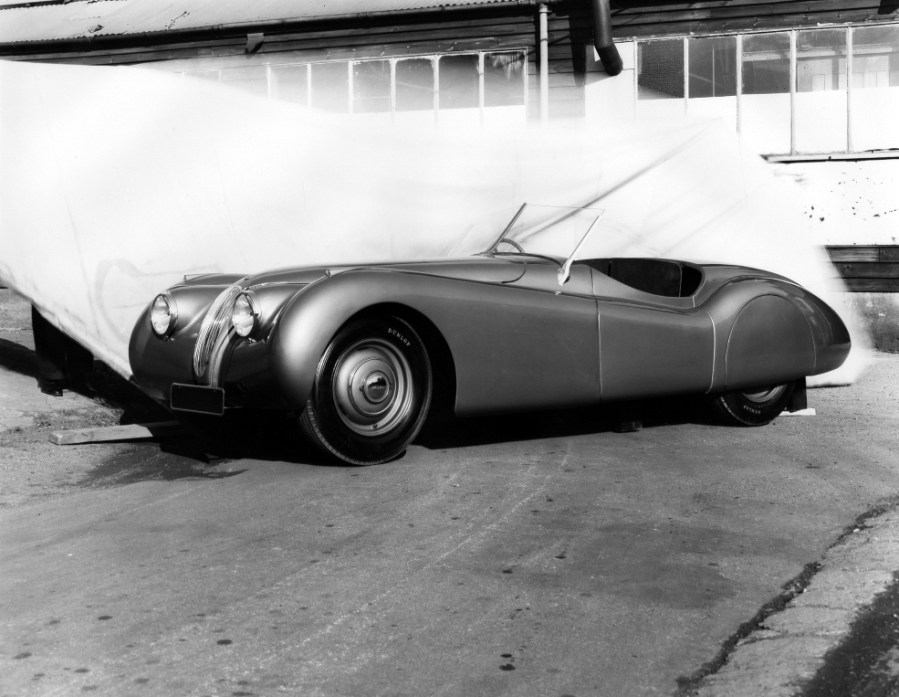Having recently discussed concept cars that made it into production, Jack Grover ponders over the cars that didn’t quite make production, but did influence others models.
With a head full of concept cars after a recent feature, I’d like to talk about the more common, but less noticeable, influence they have – if the concept doesn’t itself make it into production, then you can often still trace elements of their design in real-world cars, often from surprisingly disparate models from many manufacturers. This is especially the case with the Italian styling houses, which often announced a bold new style with a motor show concept, the basic artistry of which would be used on all their work until the next big idea came along. In other cases a concept is so good that it just gets blatantly copied.
The latter was the case with the Pininfarina Aerodinamica. Sergio Farina had only been allowed a limited influence on the BMC 1800 ‘Landcrab’ (to that model’s lasting deficit) but he saw the potential in the car’s forward-looking engineering. He was given an 1800 to rework for the 1967 Turin Motor Show and the results were startlingly good. As the name implied the concept’s styling was designed scientifically for maximum efficiency, with a bullet-like nose, teardrop shape, rounded panels and a Kamm tail. It was as futuristic as the ordinary 1800 was awkward. After its show appearance the Aerodinamica went back to the BMC design office at Longbridge where lots of indecision took place about what to do with it, if anything. A second, smaller, 1100-based one was built but neither made it into production. But the car’s stylistic influence echoed through the next decade, most noticeable in the Citroën GS (launched in 1970) and CX (1974), the latter of which in particular was something of a dead ringer. Citroën always insisted that it was convergent evolution and that two cars of the same size both designed to be as aerodynamic as possible would inevitably look the same. Fiat used much of the Aerodinamica in their in-house design for the original Lancia Beta Berlina, and David Bache’s design for the Rover SD1 was a skilful merging of the science of the Aerodinamica and the beauty of the Ferrari Daytona.

The other great Italian design house, Giorgetto Giugiaro’s Italdesign, set the style for the next decade or so with the Boomerang, a supercar concept done for Maserati in 1972. This angular, low-slung, wide-bodied car was the progenitor for the soon-to-be-ubiquitous ‘wedge’ shape. This reached production as the Maserati Bora but also spawned the Lotus Esprit, which was a much closer copy of the show car. The Boomerang’s essence could be seen here and there all over the place – Volkswagen Scirocco and Alfasud Sprint showed their Boomerang ancestry in the centre and rear sections while the DeLorean DMC-12 and the Isuzu Piazza were also clear descendants. The Boomerang’s design language, once squashed into a shorter and taller package, provided the look for the epoch-making Volkswagen Golf of 1973 and that basic shape in turn was repurposed for cars as disparate as the Lancia Delta and the Yugo 45. Giugario himself was commissioned to make a successor for the Boomerang as a concept for Audi. This was the 1973 Asso di Picche, the rear end and quarters of which would appear virtually unchanged in the 1980s Quattro/Coupe. Away from the Italdesign office, a combination the Boomerang strong influences of Harris Mann’s work on the Leyland Princess and more directly spawned the BMW M1.

This practice wasn’t restricted to Italy or the 1970s, either. In 1955 the Vauxhall styling team, led by David Jones, began work on a new big Vauxhall for launch in 1957 and they raided the back catalogue of their parent firm General Motors. The result was that the P Series Velox/Cresta models bore a striking resemblance to the 1954 Cadillac Park Avenue concept. In fact Jones toned down some of the concepts’ more extravagant details such as the sculpted grille and panoramic screens, only to reinstate them for the P Series’s 1961 facelift.





